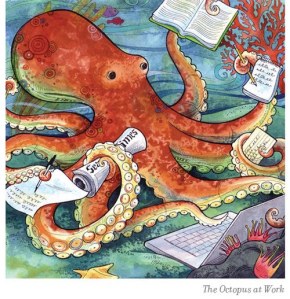 Image courtesy of digitalart / FreeDigitalPhotos.net[/caption]
Image courtesy of digitalart / FreeDigitalPhotos.net[/caption]These are my favorite education (and education-adjacent) links from the past week. One of my classes requires that we stay up on current education events, something I should have already invested time, so here comes accountability:
7 Tips For Parents Of Struggling Readers | TeachThought
Highlights from the SMU National Center for Arts Reform Report | SMU NCAR
"5 Reasons You Should Be Teaching Digital Citizenship" | TeachThought
"Sport phrases" | BBC Learning English - It's so charming that these phrases can be read in a British accent.
Why New Teachers Need Mentors | Edutopia - Yes, please.
"The Second Lives Of 'Stuff' In Chicago Public Schools" | NPR - I have always wondered about this.
Persuading an Audience Using Logos, Pathos and Ethos | NYT - The Learning Network - Don't pretend that teaching isn't made up of lots of little performances and persuasive speeches.
Lexical distance between European languages | Flowing Data
"10 Innovative Ways to Bring STEM to Schools" | Mindshift - My strengths are the humanities, but I have a little engineer in my head and I'm motivated to introduce kids to STEM.
Tips for incorporating nonfiction into the ELA curriculum | Smartblog on Education
42 Idiom Examples & Explanations | TeachThought
Fun schtuff:
Highway traffic reorganized by color | Flowing Data - This is both helpful for and too indulgent of my OCD.
Elaborate New Portraits Drawn on Vintage Maps by Ed Fairburn | Colossal - Beauty.
Facial hair trends over time | Flowing Data - Methinks the beard graph should start ascending again.
Kris Trappeniers' Flickr albums - He draws portraits with one continuous line. Wow. Then, sometimes he Exacto-cuts out the negative space. Wow. Then, sometimes he uses that as a stencil to spray paint the portrait onto something else. Dang.

